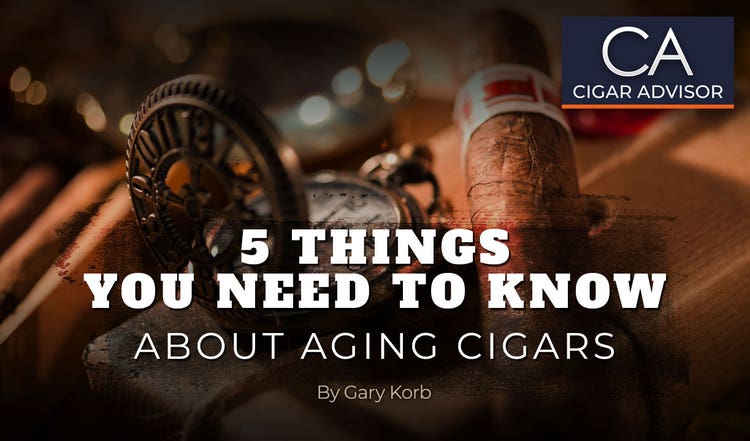
5 Things You Need to Know About… Aging Cigars
Picture this: You meet a cigar maker at some cigar-related function. He smiles, hands you a cigar, and you say, “Thanks, I’m gonna put this away for a few months.” Suddenly, his expression changes to one of irritation and he says, “Why would you do that? It’s ready now.”
Look at it this way. . .
Master blenders spend months, even years to create their cigars, not to mention their trade takes decades to master. By telling him you want to give his cigar additional aging time, it’s a bit insulting. If that’s what you plan on doing, thank him kindly and move on.
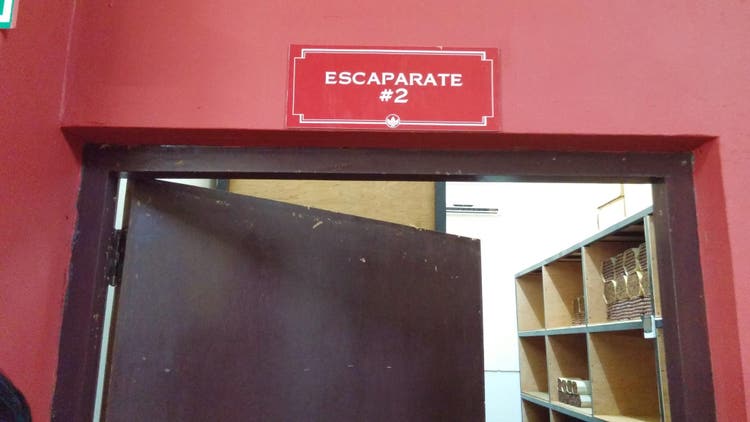
The simple truth is, most experienced cigar smokers get into the habit of aging their cigars either because they’ve heard it improves a cigar’s flavor, or they have large collections that can’t be smoked fast enough, so their cigars simply age longer by default.
There are some advantages to aging your cigars for a given time period after they leave the shop. Some stores humidors aren’t properly regulated, so sometimes, giving them as little as a few days or up to a week is all you need if only to let them settle. There are also some cigars that have a “young” taste to them. For those cases, it may pay to let them sit a little longer.
To make sense of all this, here are five things worth knowing about both, aging tobacco and aging cigars in a humidor.

The Tobaccos in Your Cigars are Already Aged
Before you put your precious primos into a state of hibernation for X number of weeks, months, years, understand that before they were rolled the tobaccos went through a thorough aging process. Some tobaccos are aged longer or shorter than others, but from harvesting the tobacco to the finished premium cigars’ arrival at the cigar store, takes an average of three years.
After fermentation, many tobaccos are aged for two to three years in bales made of burlap, or in palm bark tercios before rolling. Some tobaccos may receive as many as seven years of aging. One brand owner I spoke to told me that for his cigars, the filler and binder are aged 3 to 5 years, and the wrapper from 8 to 10 years.
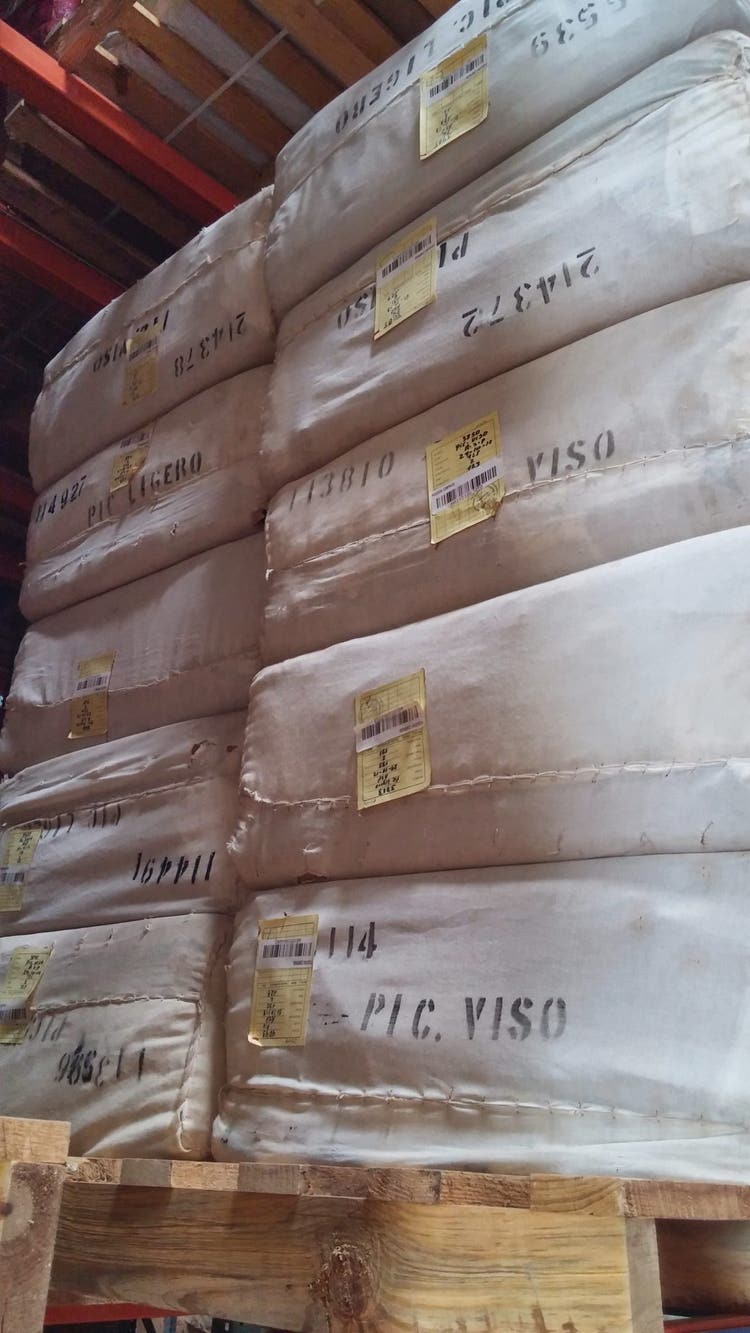
The finished cigars are stored in an aging room from three months to an additional year, and in some cases even longer. Of course, the aging time, both before and after rolling, is determined by the master blender based on his experience with the particular tobaccos he’s using in the blend. The key here is giving the tobaccos in the blend ample time to properly “marry” in order to achieve the master blender’s goal in terms of strength, body, flavor and aroma. If you’ve ever seen the Arturo Fuente Cigars credo, it reads: “We will never rush the hands of time.”
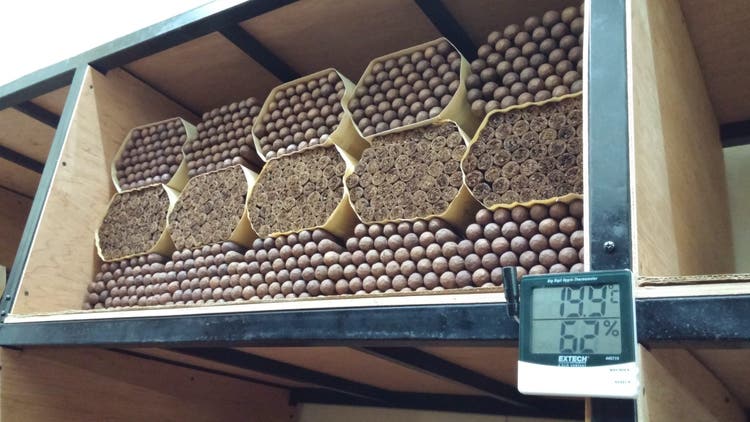
An excellent example which illustrates the importance of aging is the Encore by E.P. Carrillo cigars selection. Introduced in 2016 at the annual International Premium Cigar & Pipe Retailers trade show, Ernesto Perez-Carrillo felt the wrappers needed more fermentation, so he put the cigars on hold for an additional year. That decision earned the Encore Majestic “#1 Cigar of the Year” for 2018.

The Cigar Maker’s Friend: The Whiskey Barrel
Following the initial fermentation process, the tobaccos are aged in bales which allow the tobaccos to continue fermenting at a much slower rate, while also allowing the oils and other resins in the leaves to mature during their stasis. Yet some cigar makers such as Perdomo Cigars age their tobaccos in white oak bourbon barrels. Nick Perdomo says this is how his father and grandfather aged their tobaccos back in the day in Cuba, and he’s continued the family tradition in Nicaragua.
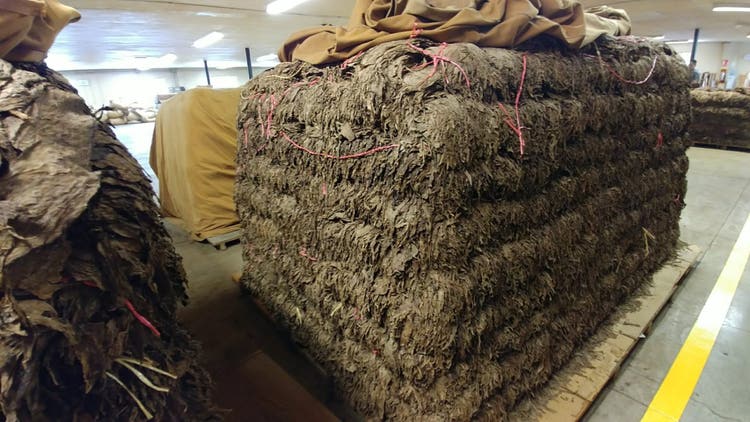
But first, let’s take a step back. . .
Before whiskey or wine is added to an oak barrel the inside of the barrel has been either charred or toasted. Charred barrels are black inside and have much more ash residue. For whiskey, this results in a darker color and imparts sweeter flavors like caramel and honey. Toasted barrels are heated much more gently, therefore, the walls of the barrel have more of a dark brown color. These barrels add more vanilla and spice notes to whiskey. And depending on what type of barrels are used, their interiors will have different effects on the flavor of the tobaccos.
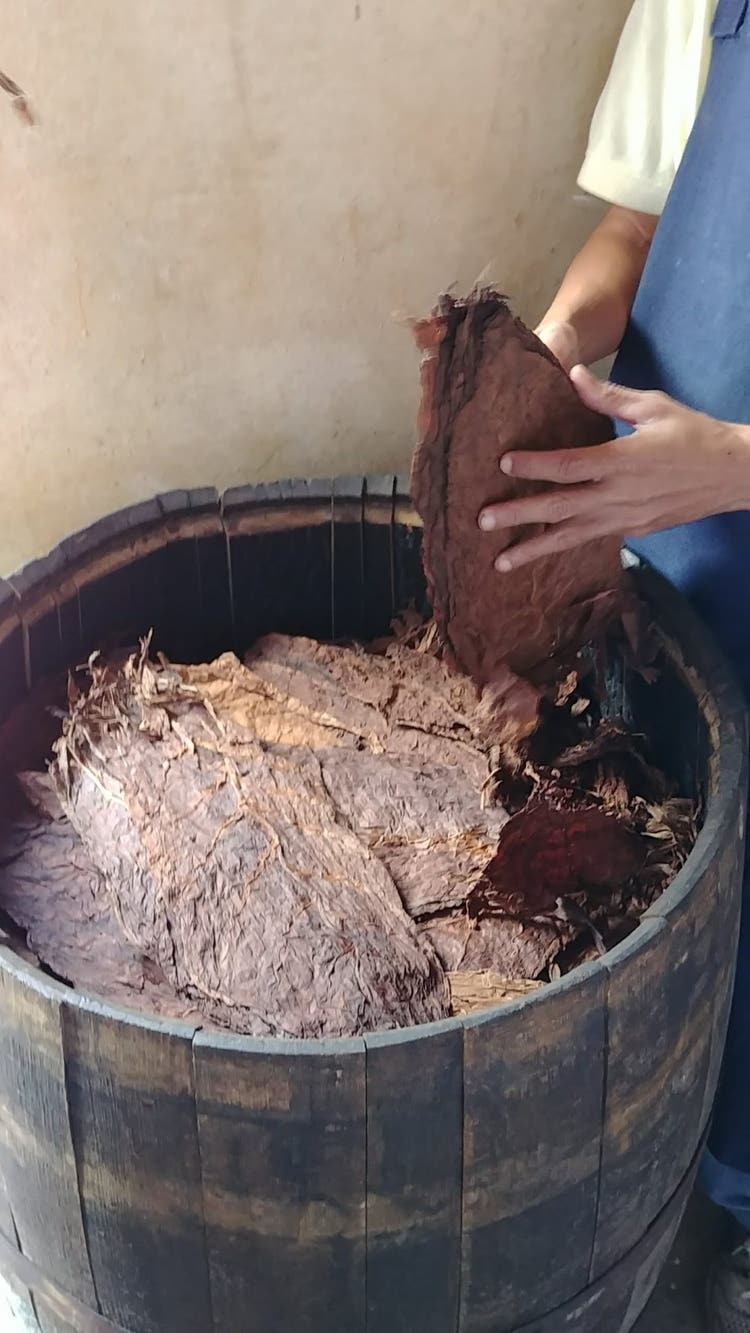
In both cases, charring or toasting a barrel causes charcoal to accumulate on the walls, and charcoal is one of the best elements for filtering. As for aging tobacco, the charcoal in the barrel will help eliminate ammonia and other by-products as the tobaccos continue to ferment. The resins in the tobacco also mingle with the resins in the barrel lining, which can add some additional flavor characteristics to the tobacco. Depending on the cigar, if your palate is really sensitive, you may even pick up a slight wisp of whiskey or rum in your cigar along with oak and vanilla notes.
Even though many cigar factories have been barrel-aging tobacco for generations, today it’s become trendy to advertise some cigars as “Barrel Aged.” Barrel-aging tobacco is a much slower fermentation process, but its benefits are often worth the effort.

Home Aging Cigars Means Get Over Your Fear of Commitment
Like the methods described above for aging tobacco, aging cigars in a humidor also takes commitment and patience. If you tend to go through your smokes rather quickly, home aging probably isn’t for you. As mentioned in the introduction, a few days to a week can be just enough time for your newly-arrived cigars to get comfortable in your humidor, but that’s not home aging – and I do recommend giving your cigars a short hiatus before lighting them.
For home aging you have to be willing to wait months, or even years to see the fruits of your labors. As you become a more consummate cigar smoker, you’ll eventually learn which cigars tend to taste better with age.
For best results, your humidor should have consistent conditions, meaning, you have good air flow, an average temperature of 70-degrees, and an average humidity of 68%. I’ll talk more about that in the next section.
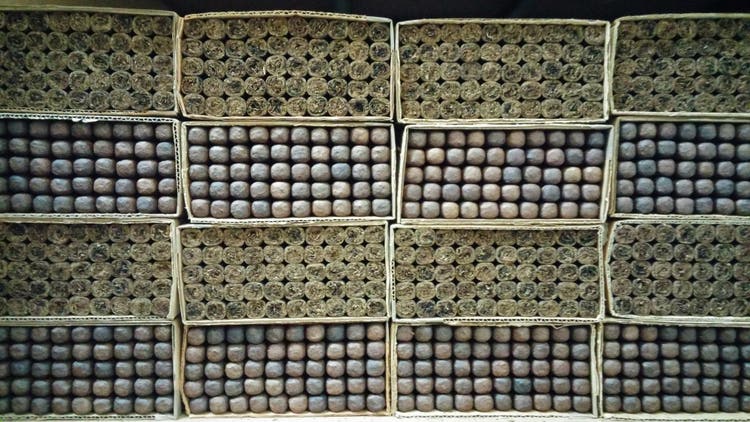
Here’s my simple recipe for home aging cigars. I suggest you start with a box of 20.
Open the box of cigars and smoke two of them within the first few days. This will give you an idea of how they taste right out of the box, and it helps to take notes. Place the remaining cigars in a sectioned-off part of the humidor. If the humidor is big enough, put the whole box in there. Wait two weeks and smoke two more. Two weeks later, two more. Keep taking notes. Now that a month has gone by you may notice some improvement already. From this point on, smoke two more every four weeks. By the time you finish the box, 8 months will have passed.
At this stage you should notice the character of the cigars has changed considerably, and your tasting notes may also show newly-discovered flavors when compared to the earlier samples. If you’re satisfied with the results, this is where you decide if you want to go even longer next time. You may even find that the flavors peaked at an earlier stage, but each blend is going to respond differently depending on the time period. I have some cigars at home that have been aging for up to six years – not necessarily intentionally, either. But only for a few rare exceptions, they taste better.
And get this. . .
According to some experts, the flavor of most cigars aged in a properly maintained humidor can continue to improve for up to ten years!

Your Cigars’ Flavor and Strength Will Evolve
Other experts have shown that cigars can be aged almost indefinitely. For example, the aging room at Birley’s in London has cigars that date back to the 1970s. Of course, the room has been outfitted to create the most precise humidity and temperature conditions to achieve this. (The air in Birley’s aging room is 98.8% pure.) You probably won’t be going that far, but here’s what you can expect based on the amount of aging time you give your cigars:
All newly manufactured cigars go through what’s called the “sick period,” during which time the ammonia odor is still detectable. This is because the tobacco leaves are moistened before rolling, and this accelerates a further fermentation, thereby producing much more ammonia.
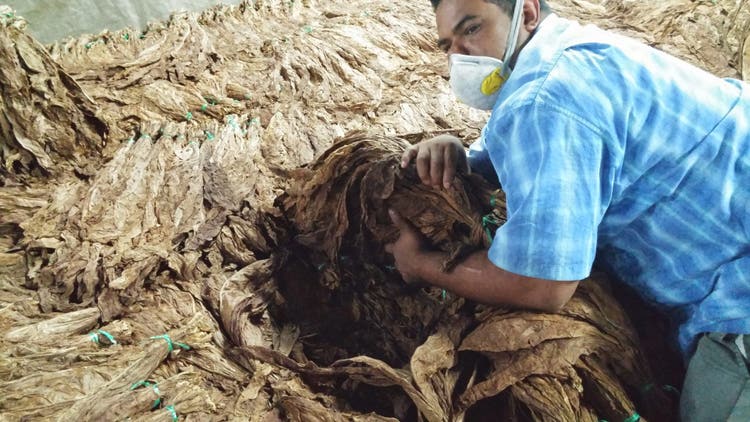
According to renowned cigar expert and author, Min Ron Nee: “For the majority of cigars, the ammoniac smell will be over 90% gone in a few months, 95% to 99% gone by the end of the first year, and practically all gone by the end of the second year. Milder cigars take even less time.” This is why premium handmades are subjected to additional aging after rolling. By the time they leave the factory, the cigars are virtually ammonia-free, but as they age in your humidor, if there’s any remaining ammonia at all, it will continue to dissipate.
In 2015, Cigar Sense founder, and fellow Cigar Journal contributor, Franca Comparetto wrote: “As time goes on, cigars gradually lose moisture and combustion improves. They sequentially present less harsh bitter and tannic/dry palate perceptions.” Tannins can also contribute to the dry mouthfeel experienced in younger cigars. As they break down, wood sugars begin to reappear.
“Wood sugars recover from the loss of sweetness originating from fermentation,” adds Comparetto. “The flavor becomes more homogeneous, with minor changes across the three thirds. The leaves marry together and the cigar becomes less spicy, less acid, and more balanced with more delicate aromas. Flavors tend to mingle with each other.”
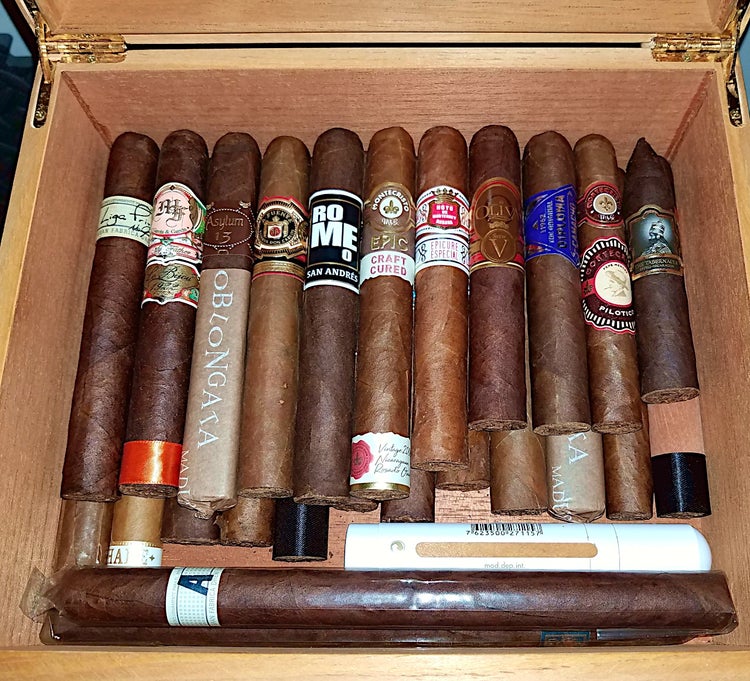
According to cigar guru and Stogie Fresh founder, David “Doc” Diaz, cigars that fall into the full-bodied category will fare better in complexity and balance over time than cigars in the mellow to medium range. “Lower humidity levels within the range of 63% to 68% RH will improve a cigar’s flavors and aromas over time,” writes Diaz. “As you allow some of the moisture to evaporate, the essential oils will concentrate within the tobacco. Lower humidity also helps reduce the tobaccos’ tendency to develop mold.” He also recommends an average RH of 68%. This setting will allow the cigars to age well while maintaining a good moisture level.

Older Doesn’t Always Mean Better
Now that we’ve learned what the experts say about extensive cigar aging, the question remains, “Are longer aged cigars better?” Yes and no. For one, most cigar smokers don’t age their cigars for 10 years. Giving a well-made cigar an extra year or two of age can turn a good cigar into a great one. Otherwise, you can make the case for a lot of cigars that are outstanding right out of the box, or have only a short amount of post-factory aging time on them. One of the reasons for this is, today’s cigars are made under much better conditions. Plus, you also have tobaccos that are grown with the latest agricultural technology, not to mention tobaccos that are grown in newly discover regions and the many new hybridized tobaccos. These innovations make for better premium cigars overall; that also includes some of the bargain bundle cigars for sale.
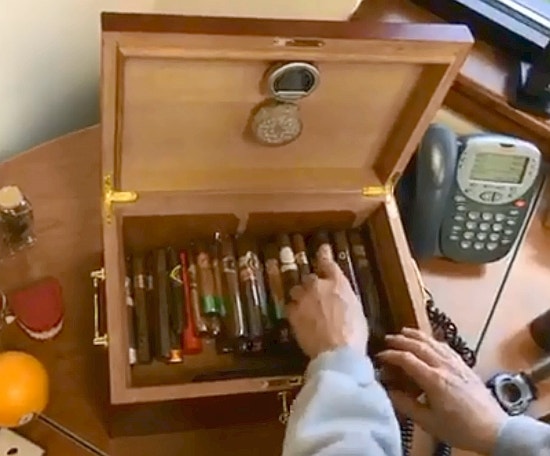
As with all things concerning premium cigar enjoyment, it comes down to you, the individual. Once your cigar smoking experience acquires some age, you know what you like and what you don’t. Maybe you’ll find some great online cigar deals and buy two boxes of something. Open one immediately, then put the other box away for a year, or try the method I described above and taste for yourself. If you have more cigars in your collection than you have time to smoke, they’re going to age on their own anyway, so one way or another you’re going to experience the balance, flavor and aroma of a long-aged cigar.
If you enjoyed this article, please share it and leave a comment.